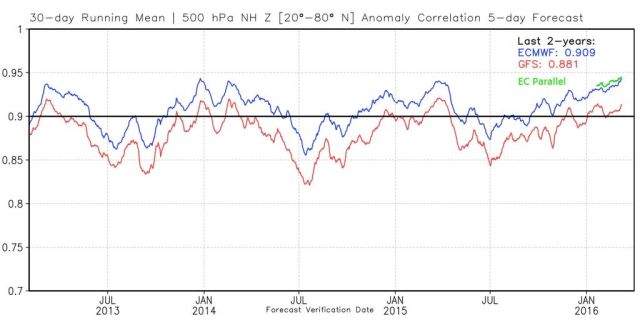 |
| Fig. 1 Different North / South Strokes |
These are the
I don't mean run of the mill nutbags, I mean certifiably nutbag:
"Donald Trump has a 'dangerous mental illness' and is not fit to lead the US, a group of psychiatrists has warned during a conference at Yale University.(Donald Trump has 'dangerous mental illness', emphasis added). Forty one thousand mental health care officials stuck their necks out by signing that petition.
Mental health experts claimed the President was 'paranoid and delusional', and said it was their 'ethical responsibility' to warn the American public about the 'dangers' Mr Trump’s psychological state poses to the country.
Speaking at the conference at Yale’s School of Medicine on Thursday, one of the mental health professionals, Dr John Gartner, a practising psychotherapist who advised psychiatric residents at Johns Hopkins University Medical School, said: 'We have an ethical responsibility to warn the public about Donald Trump's dangerous mental illness.'
...
Dr Gartner started an online petition earlier this year on calling for Mr Trump to be removed from office, which claims that he is 'psychologically incapable of competently discharging the duties of President'. The petition has so far garnered more than 41,000 signatures [signed exclusively by mental health professionals].
It states: 'We, the undersigned mental health professionals (please state your degree), believe in our professional judgment that Donald Trump manifests a serious mental illness that renders him psychologically incapable of competently discharging the duties of President of the United States.'"
Bravo for the brave.
II.
Guided by financial / fossil fuel interests, establishment "parts are parts," "ice is ice," and "olde timey cryosphere" scientists have traditionally been the last to get in touch with some of the more serious cryosphere realities (The Ghost-Water Constant - 9).
For example, concerning Antarctic ice sheets and shelves, a few days ago a scientist remarked that nobody has been that interested in considering Antarctic surface melt, because most scientists were told that it was relatively rare (Water is streaming across Antarctica, Phys Org).
III.
But, as regular readers know, Dredd Blog is counter to that culture (Arctic Sea Ice & Antarctic Sea Ice Are Different Types).
I know some of the differences in the two polar sea ice extents because I have written two software modules to calculate / estimate the time frame when polar sea-ice will cease to form on the surface of both northern and southern polar waters.
The northern sea-ice is due to months of the effects of winter cold, while in darkness, creating a floating ice cap.
The southern sea-ice is due to melt-water flowing from Antarctica's ice-sheet and ice-shelf into the ocean during warm months, then freezing at the surface during colder months (if it does not get carried away by ocean currents).
The graph at Fig. 1 shows the general maximum and minimum sea-ice extent at both poles.
IV.
I wrote about the northern sea-ice module (Arctic) recently (When Will The Arctic Sea-ice Be Gone?).
 |
| Fig. 2 Sea-ice history |
I have now made the southern sea-ice (Antarctic) module active, so I thought I would show it's calculations in today's post.
The graph at Fig. 2 shows the recorded history of Antarctic sea-ice extent.
 |
| Fig. 3 Estimated Sea-ice future |
It is distinctly different from the Arctic pattern (ibid, When Will The Arctic Sea-ice Be Gone?).
In light of the recent paper on Antarctic surface melt (The Ghost-Water Constant - 9) the pattern makes more sense.
Likewise, the projected future pattern (Fig. 3) also makes more sense IMO, since the Antarctic sea-ice is an extension of the ice shelves (which do not exist in the Arctic ice-cap scenario).
When the ice shelves go, the ice will then be generated as ice bergs calving off the ice streams and glaciers of the ice sheet rather than by melt water flowing off the ice shelves.
The graph at Fig. 3 indicates that Antarctic summer sea-ice extent, of the nature or type we now observe, will be gone circa 2058, while the mostly ice-berg type ice will continue on well past 2100 (Arctic sea-ice will not last as long: When Will The Arctic Sea-ice Be Gone?).
V.
Let's hope that American scientists still exist at that time, so as to observe the changes in the future of sea-ice.
The previous post in this series is here.






